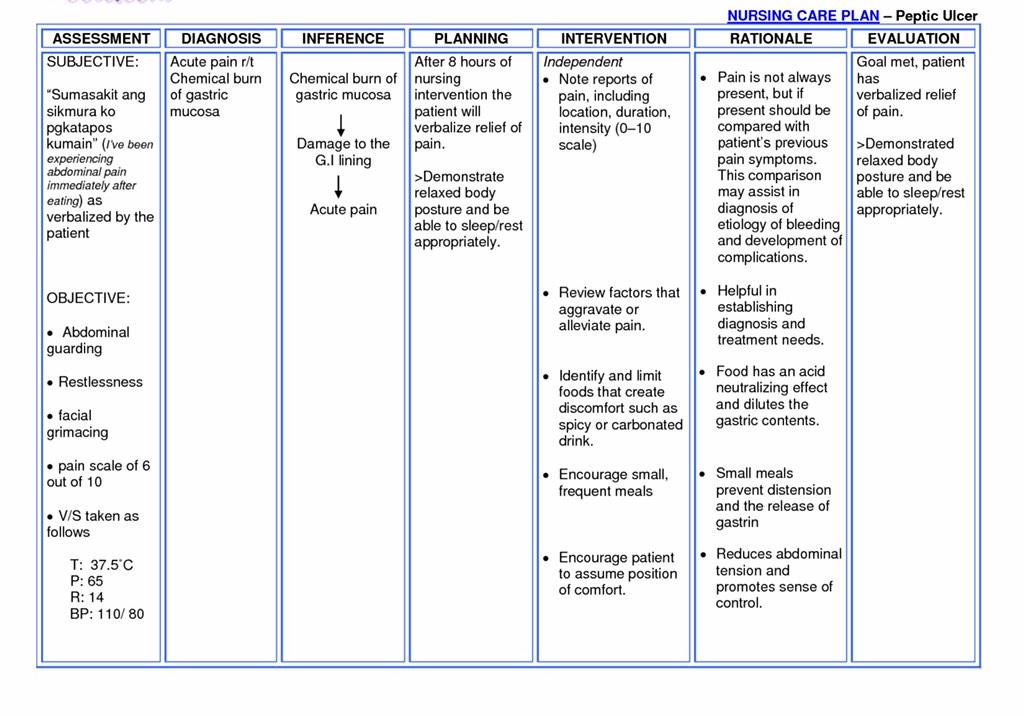
The failing heart may not be able to respond to increased oxygen demands. Position the child in a semi-Fowler’s position.Īn upright position is recommended to reduce preload and ventricular filling when fluid overload is the cause Facilitates lung expansion.ģ. Rest decreases metabolic rate, decreasing myocardial and oxygen demand.Ģ. Older patients are especially sensitive to the loss of atrial kick in atrial fibrillation. Tachycardia, bradycardia, and ectopic beats can further compromise cardiac output. Monitor electrocardiogram (ECG) for rate, rhythm, and ectopy.Ĭardiac dysrhythmias may occur from low perfusion, acidosis, or hypoxia. S4 occurs with reduced compliance of the left ventricle, which impairs diastolic filling.ħ. S3 indicates reduced left ventricular ejection and is a class sign of left ventricular failure. Assess heart sounds for gallops (S3, S4). Weigh the patient regularly prior to breakfast.Ĭompromised regulatory mechanisms may result in fluid and sodium retention Weight is an indicator of fluid balance.Ħ. Close monitoring of the patient’s response serves as a guide for the optimal progression of activity.ĥ. Assess for reports of fatigue and reduced activity tolerance.įatigue and exertional dyspnea are common problems with low cardiac output states. Capillary refill is sometimes slow or absent.Ĥ. Weak pulses are present in reduced stroke volume and cardiac output. Check for peripheral pulses, including capillary refill.
#ACTIVITY INTOLERANCE NURSING DIAGNOSIS SKIN#
Note skin color, temperature, and moisture.Ĭold, clammy, and pale skin is secondary to a compensatory increase in sympathetic nervous system stimulation and low cardiac output, and oxygen desaturation.ģ. Most patients have compensatory tachycardia and significantly low blood pressure in response to reduced cardiac output.Ģ. The child will demonstrate adequate cardiac output as evidenced by blood pressure and pulse rate and rhythm within normal parameters for the patient strong peripheral pulses and an ability to tolerate activity without symptoms of dyspnea, syncope, or chest pain.Variations in hemodynamic readings ( hypertension, bounding, pulses, tachycardia).


Structural factors of congenital heart defect.These defects can interfere with the heart’s ability to effectively pump blood and deliver oxygen to the body, leading to decreased cardiac output. Here are five (5) nursing care plans (NCP) and nursing diagnoses for congenital heart diseases:Ĭongenital heart failure may result in decreased cardiac output due to structural or functional defects in the heart, such as septal defects, stenosis, valvular abnormalities, and cardiomyopathies. Treatment may include management with medications, open heart surgery to repair or resect, or to temporarily correct the defect until the child is older and growth takes place. Nursing Care PlansĬongenital heart defects vary in severity, symptoms, and complications, many of which depend on the age of the infant/child and the size of the defect. A ventricular septal defect is the incomplete development of the septum that separates the right and left ventricles, and it often accompanies other defects. Patent ductus arteriosus is the failure of the structure needed for fetal circulation to close after birth.

The position of the narrowing during fetal development determines circulation to the lower body and the development of collateral circulation. Coarctation of the aorta is the narrowing of the aorta proximal to the ductus arteriosus (preductal), distal to the ductus arteriosus (postductal), or level with the ductus arteriosus (juxta ductal). Transposition of the great vessels is incompatible with life unless septal defects are also present to allow the mixing of blood from the two circulations.Īcyanotic defects include coarctation of the aorta, patent ductus arteriosus, and ventricular septal defect.

Transposition of the great vessels is a condition in which the aorta arises from the right ventricle instead of the left ventricle, and the pulmonary artery arises from the left ventricle instead of the right ventricle, thereby causing a reversal of the normal position of these arteries. Tetralogy of Fallot involves four defects that include pulmonic stenosis, ventricular septal defect, right ventricular hypertrophy, and an aorta that overrides the ventricular septal defect. The most common consequences of these defects in children are growth retardation and congestive heart failure (CHF).Ĭommon cyanotic defects include tetralogy of Fallot and transposition of the great vessels. Acyanotic defects occur when a left-to-right shunt is present that allows a mixture of oxygenated and deoxygenated blood to enter the systemic circulation. They are classified as acyanotic or cyanotic defects. Congenital heart disease results from malformations of the heart that involve the septums, valves, and large arteries.


 0 kommentar(er)
0 kommentar(er)
